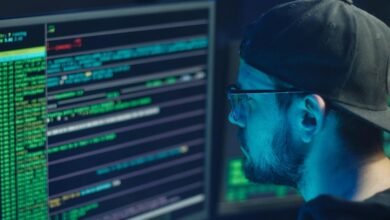1908 Tracing Call Sources in Regional Mobile Numbers

The 1908 Tracing Service plays a crucial role in identifying mobile call origins within regional networks. It employs a combination of automated systems and manual processes to enhance communication security. While it addresses privacy concerns linked to unwanted calls, its effectiveness is hindered by geographical limitations and the necessity for cooperation from mobile operators. Understanding its operational mechanisms and implications raises important questions about accountability and privacy in modern communication systems.
Understanding the 1908 Tracing Service
The 1908 tracing service serves as a pivotal tool for identifying the sources of mobile calls within regional networks.
However, it faces service limitations, including geographical constraints and dependency on cooperation from mobile providers.
Additionally, privacy concerns arise as users may fear unwanted tracking.
Balancing the need for accountability with individual privacy rights remains a critical challenge within the functional framework of this service.
How the 1908 Service Works
Utilizing a structured approach, the 1908 tracing service operates through a combination of automated systems and manual intervention to identify the origin of mobile calls.
This process ensures accurate call identification while maintaining a focus on mobile security. By analyzing call data and user reports, the service effectively pinpoints sources, empowering users with knowledge and enhancing their ability to manage communication risks.
Benefits of Using the 1908 Tracing Service
While users may encounter various sources of unwanted calls, the 1908 tracing service offers significant advantages in managing and mitigating these risks.
This service enhances user experience by providing a reliable mechanism for identifying call origins, thereby addressing privacy concerns.
Practical Applications of Call Tracing in Regional Areas
In many regional areas, practical applications of call tracing can significantly enhance communication security and efficiency.
Call tracking systems enable authorities to ascertain the origins of calls, bolstering regional safety by identifying potential threats.
Furthermore, businesses can optimize customer interactions through effective call tracing, leading to improved service delivery.
Ultimately, these technologies foster a safer environment while promoting the freedom of secure communication.
Conclusion
In summary, the 1908 Tracing Service serves as a digital compass, guiding users through the complex landscape of mobile communication. By deftly navigating the delicate balance between privacy and accountability, this service illuminates the origins of calls while respecting user rights. Its efficacy, however, is tethered to geographical limitations and the willingness of mobile providers to cooperate. As technology advances, ongoing enhancements to this service will be essential in fostering a secure communication environment for all users.




